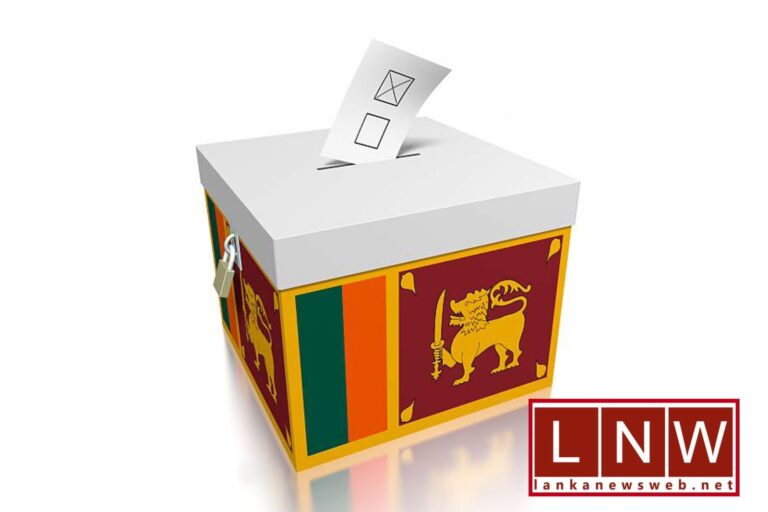November 15, Colombo (LNW): The voting results of Ambalangoda Electorate of Galle District are as follows;
National Peoples Power (NPP): 36,196 (70.08%)
Samagi Jana Balawegaya (SJB): 7,536 (14.59%)
Sri Lanka Podujana Peramuna (SLPP): 3,075 (5.95%)
New Democratic Front (NDF): 2,047 (3.96%)


